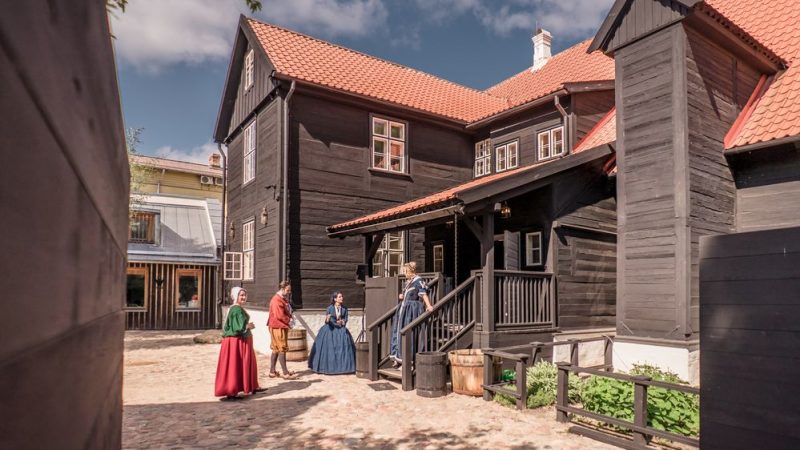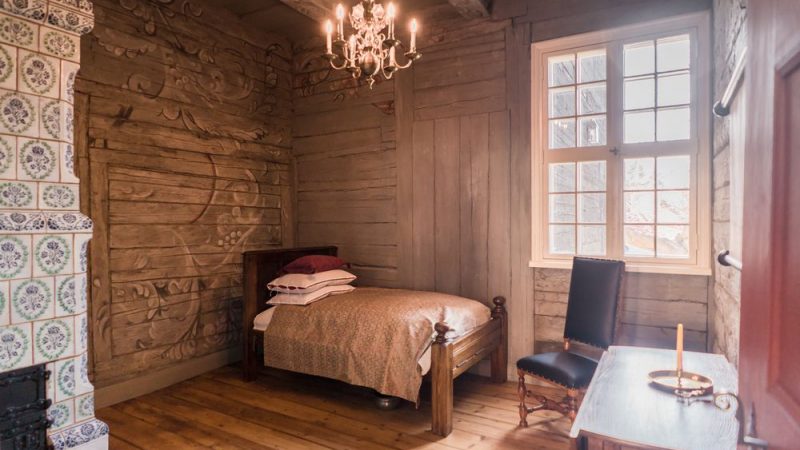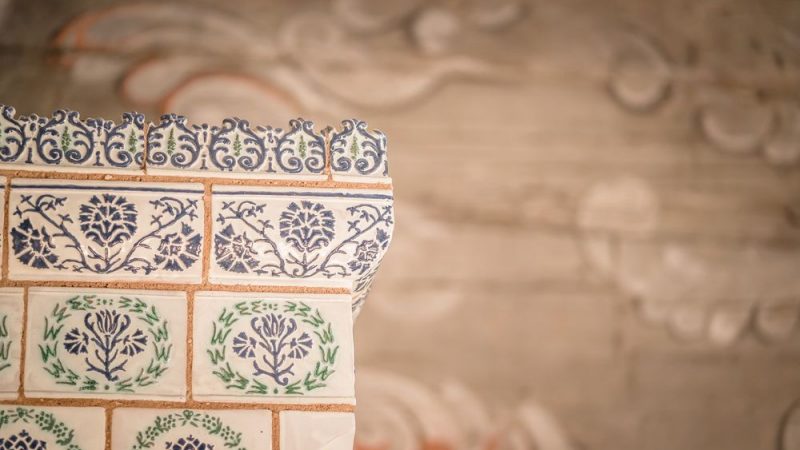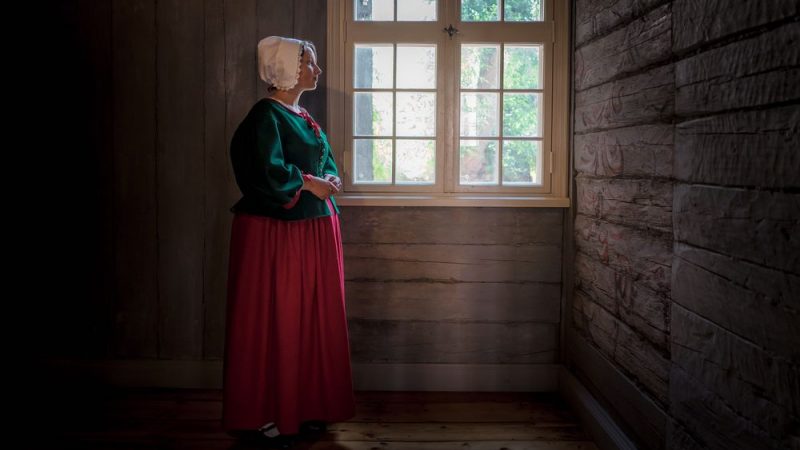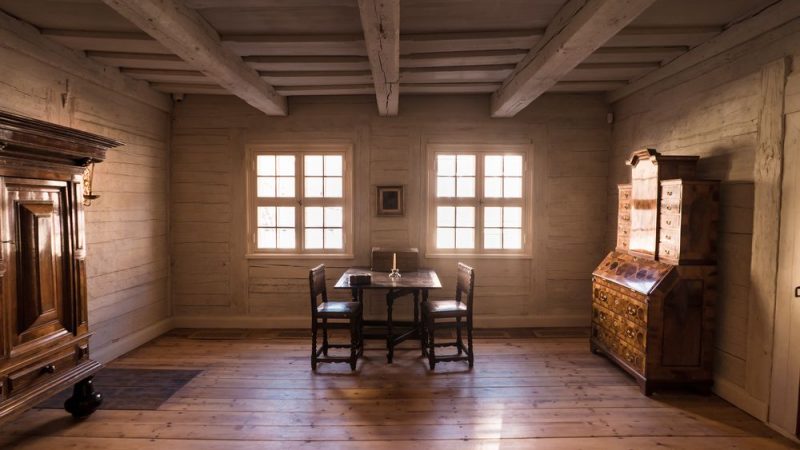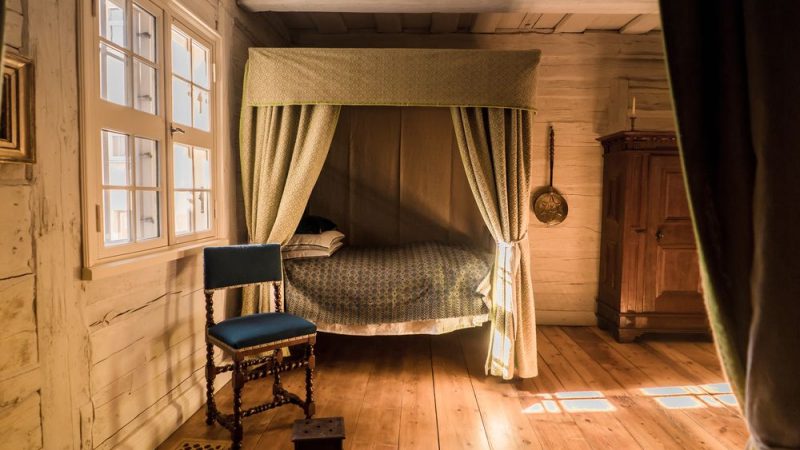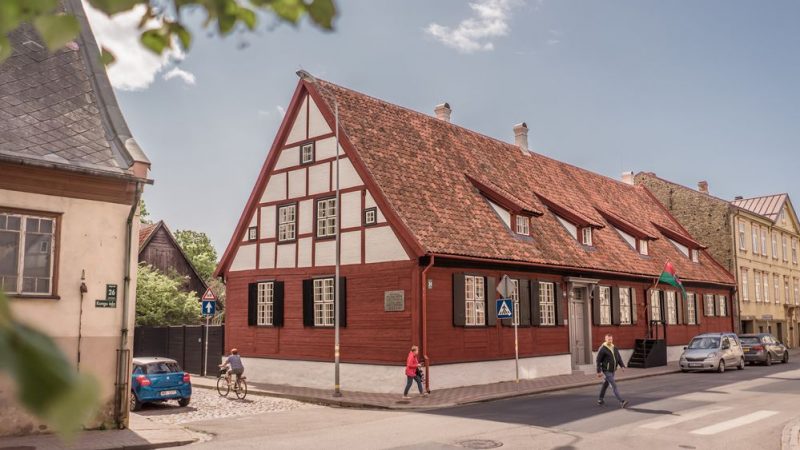The guest house of the meat sorter David Hoyer’s widow Margarethe Gertrude Hoyer, or the 17th – 19th century interior museum is a success story of how an important architectural landmark of national importance, an element of Liepāja’s cultural heritage, is witnessing its renaissance and is now open to the public in the open museum format.
The building has long been known to the residents and visitors of the city through the historical fact that, according to testimonies, Russian Tsar Peter the Great visited Liepāja and Madame Hoyer’s Guest House in 1697 during his “Grand Embassy” trip.
Today, the 17th – 19th century museum provides a glimpse into the unique late 17th century quarters, which have been restored on the ground floor of the interior museum or so called “Madame Hoyer’s Guest House”, highlighting, and accentuating the values of the late 17th century and the first half of the 18th century, preserved through the centuries and several reconstructions.
Not only has the original ground floor layout been restored – the tavern and Madame Hoyer’s living rooms, but also the historic mantelpiece with the bread oven, allowing the visitor to experience the atmosphere of the period.
On the second floor of the interior museum, the visitors climb up into the former attic and find themselves in a former storeroom, where they can continue their experience of the tavern and enter the rooms built in the second half of the 19th century.
The second floor of the museum is associated with the 19th century architecture of the building and houses the apartment of notary Christoph Wilhelm Stender and his family. It is known that the house and the tavern have been the property of notary Christoph Wilhelm Stender since 1835. The restored apartment, with its historic wallpapering and room plan, including Mr Stender’s living room, nursery, bedroom, and kitchen, reflects the idea of a 19th century home of a wealthy Liepāja resident.
The interior museum or “Madame Hoyer’s Guest House” is the outcome of several years of dedicated restoration and close cooperation between Liepāja Municipality, Liepāja Museum, and architect Liesma Markova, resulting in an interior museum with a tangible 17th-19th century feel, historical atmosphere and an offer for visitors to travel back centuries in the past.
